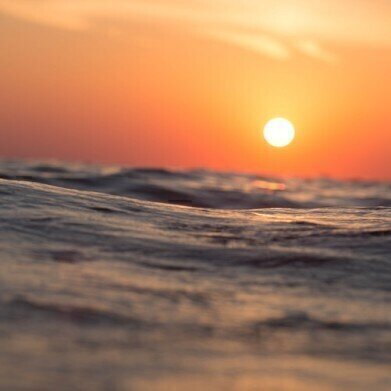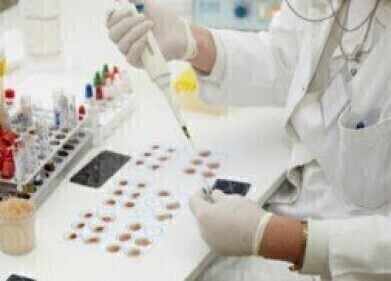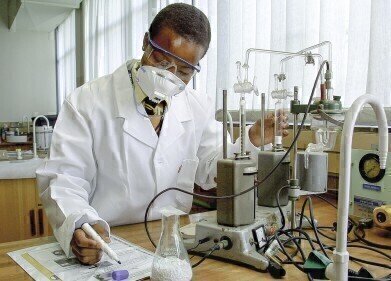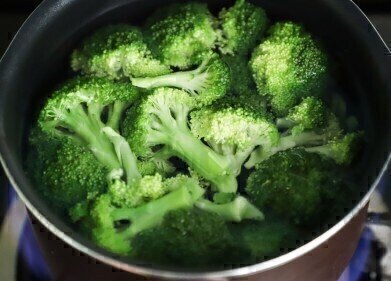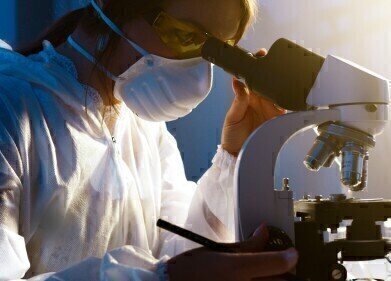Help Desk
Can Oil Spills Be Traced? — Chromatography Offers a Solution
Jun 26 2017
Hydrocarbons and sea water are not a good mix. The life in our seas and oceans can be seriously affected by any pollution that finds its way into their ecosystems — of which oil and associated hydrocarbons can be a significant part. Oil spills can also affect our coastlines and beaches — spoiling delicate environments and having major economic effects on local economies.
The IAEA — International Atomic Energy Agency — a member of OSINet, recently released a press statement stating how they are developing methods — including using chromatography — to help find out the source of any contamination in the seas around Britain and northern Europe. Let’s look at the work of the IAEA — and OSINet — in keeping the seas clean.
Who pays for the clean-up?
When oil damages the environment, someone must pay to clean it up. The initial costs might be met by a government’s treasury — but ideally the taxpayer should be able to claim it back from the oil’s owner or shipper. But how do you provide a link between the pollution and the ship? Accidents can happen — and an accident in 2002 in the Dover Strait between Britain and Belgium led to the formation of OSINet.
OSINet — identifying oil
After the oil spill in 2002, oil washed ashore in a number of countries as was expected, but how could the countries claim the oil came from the accident and therefore claim back the cleaning costs? Because of these difficulties, OSINet — the Bonn Agreement oil spill identification network was set up in 2005.
OSINet’s main aim is to bring together experts in identifying oil recovered from spills, or other incidents, and match it to the ships it has come from. Rather like standards laboratories in chemical or pharma Quality Assurance, the experts and labs involved in OSINet have developed a common approach in oil spill identification methodology and testing to maintain high QA standards.
The work they carry out enables governments to put forward claims against the guilty parties in oil spill incidents, thus saving the taxpayer money.
Atomic Agency cleans up
The IAEA got involved with OSINet in 2014, lending its expertise in nuclear and isotopic techniques that can be used to identify oil and other hydrocarbons from marine spills. One of the methods that the IAEA uses to identify hydrocarbon samples from spills is gas chromatography — with either flame ionisation detector (GC-FID) or mass spectrometry (GC-MS). The article, Developing Robust Chromatographic Methodologies discusses how methods can be made more robust so that they can be transferred and used by different agencies — a key part of improving QA.
In a press release, Imma Tolosa a researcher at the IAEA said:
“The combination of chemical and isotopic fingerprinting provides a powerful forensic tool which can be used by Member States for legislative purposes. In the case of a collision or an accidental release, governments need to know where the hydrocarbon or paraffin comes from”
Digital Edition
Chromatography Today - Buyers' Guide 2022
October 2023
In This Edition Modern & Practical Applications - Accelerating ADC Development with Mass Spectrometry - Implementing High-Resolution Ion Mobility into Peptide Mapping Workflows Chromatogr...
View all digital editions
Events
Apr 23 2024 Kintex, South Korea
Apr 23 2024 Seoul, South Korea
Apr 28 2024 Montreal, Quebec, Canada
May 05 2024 Seville, Spain
May 15 2024 Birmingham, UK
